How to Keep Your Windshield Wipers Working Properly

Whether driving in a downpour, heavy snow or sleet, your car’s windshield wipers are one of the most important parts of any vehicle, especially during the fall or winter months. After all, without a working set of wiper blades, you would be stuck driving with poor visibility, putting yourself, your passengers and other motorists in danger.
But while vital, there’s more to using your wipers than flicking a switch and adjusting their speed. That’s why learning more about your car’s wipers, as well as how to ensure they’re working correctly, is vital for any car owner.
How Windshield Wipers Work
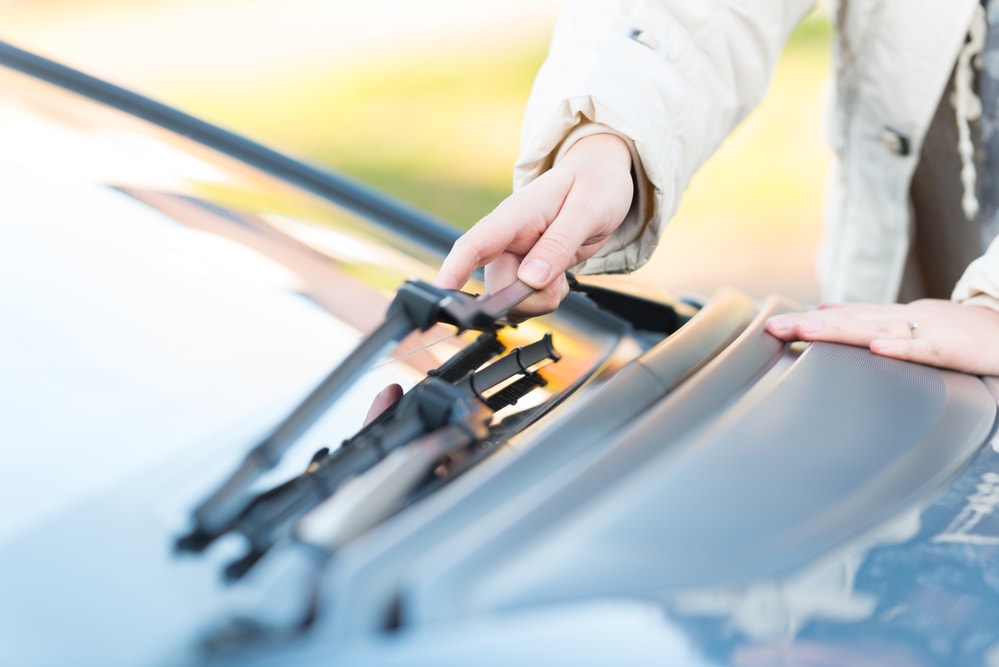
Let’s face it, the basic concept of windshield wipers is pretty straightforward—a rubber blade is dragged along your car’s windshield with the help of an electric motor to help clear it of rain or snow to help you see while driving. Wipers are also helpful during the sunshine, as they, along with wiper fluid, can help eliminate any contaminants like dirt and grime from your windshield. But while that sounds simple enough, it goes far beyond that.
Instead, your wipers are controlled by “wiper transmissions,” a system of intricate linkages that work in tandem with the single-direction rotation of a small electric motor, which is how you get the simple back-and-forth motion of wiper arms. The arms themselves, as you can tell, are connected to the rubber blades that squeegee water and buildups of dirt, bugs and other grime from the windshield. However, diving even deeper into how they work, you’ll see that the worm gear is the most important mechanism for the wiper transmissions.
The worm gear is the output shaft of the electric motor and is the actual component doing the “spinning” and can be found at the bottom of your wiper motor’s casing. The electric motor gives the gear worm enough torque to spin, resulting in your wiper blades moving. The worm gear shaft also has a small metal link bolted to it. That means when the worm gear spins the ring gear, the ring gear’s shaft rotates in kind. Together this creates an effect similar to a propeller blade.
This propeller-like system is connected to a rod attached to a pin or revolute joint, which limits the energy transfer rod in any direction and keeps the rotation to a single axis. This is where the “left and right” movement comes from, thus keeping windshield wiper blades moving only to where they are supposed to.
Different Styles & Modes of Windshield Wipers
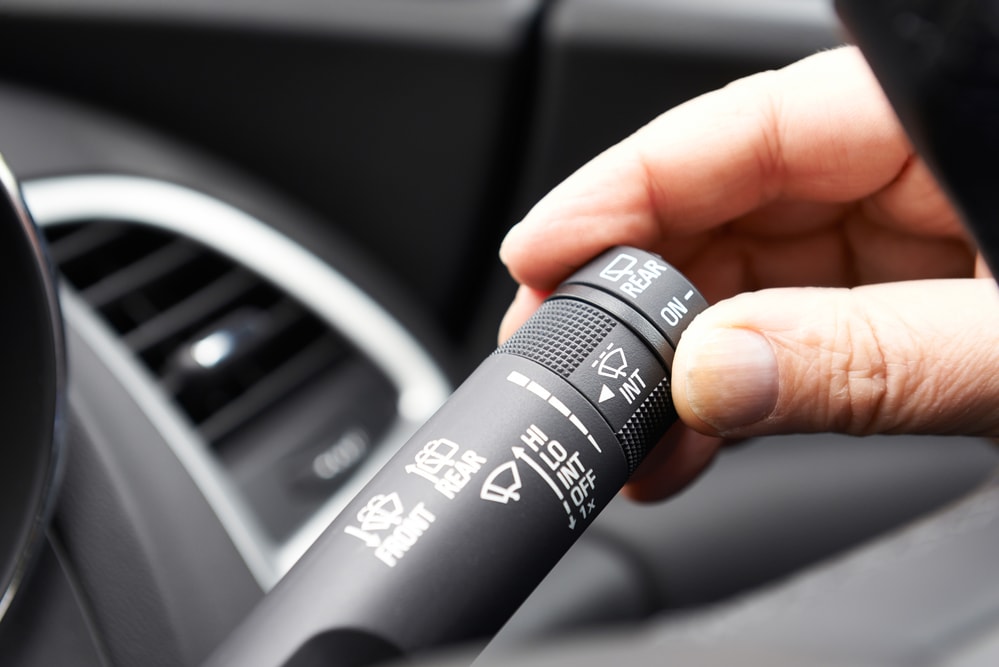
Most wipers have a pivot-style mechanism. It is the simplest solution, but it can be large and heavy depending on the make and model of your vehicle. How this is manufactured also depends on whether or not this car is for a right or left-hand drive market. That point is important because the direction of the blades has to flip.
Another wiper setup is the opposed style wiper system. In this, the wiper arms pivot over shafts located in the lower corners of the windshield. This setup is perfect for better coverage over the windshields and corners. This setup is also suitable for both right-hand and left-hand drive markets as they don’t need to be flipped accordingly. The only downside is that they are notoriously clunky, complex and expensive to produce.
Lastly, German cars, like the ones from Mercedes-Benz, use a mono-arm wiper transmission, a small and minimalist setup that cleans large areas of the glass. In fact, with this system, the rubber blade extends and retracts towards the corners as it wipes across the windshield. This system can easily be adjusted for all markets but is even more expensive and complex than the opposed or pivot systems.
How to Maintain Your Car’s Windshield Wipers
Windshield wipers, especially the blades themselves, can be very delicate. That’s why knowing how to properly maintain them can help you expand their lifespan and help ensure you have a clear view any time you’re driving:
- Regularly Inspect Them: like other parts of your vehicle, wiper blades often have a recommended maintenance schedule, with most needing to be at least checked once every six months and replaced usually once a year. This should include physically inspecting each blade for cracks, chips, tears or other issues. You should also test the function of your wiper blade fluid, such as ensuring the nozzles are clogged and that the blades can clear the windshield without leaving any streaks.
- Avoid Ice: if you live in an area with frigid winters, you’ve likely dealt with snowfalls and your fair share of ice on the windshield. You’ve also probably found yourself in a rush to get somewhere, resulting in you not taking the proper time to clear your windshield of said ice and snow, and instead, you get in the car, throw on the wiper blades and the defroster and head out. But this can be very damaging to your wipers. First, compacted snow can weigh more than you think, and if you try using the wipers when buried, you could blow the wiper motor. On the other hand, ice can be extremely damaging to the rubber edge of the blades, causing them to crack or tear sooner than expected. So instead, always look to properly defrost your windshield by using the defroster in conjunction with an ice scraper.
- Keep Your Windshield Clean: snow and ice aren’t the only things that can damage your wipers, as leaving too much buildup of dirt, grime and other contaminants can speed up your wiper’s decay. That’s why you should ensure that you’re regularly washing your vehicle (even in the winter), including the windshield, and that you have enough wiper fluid.
Protect Your Car with Endurance
Knowing how to take care of your windshield wipers beyond just ensuring you have windshield washer fluid. It means knowing the proper way to maintain your car’s wipers, including the motors that make them run, the joints, and the blades themselves. And like properly taking care of your wiper blades, the same goes for the rest of your vehicle. That’s why ensuring that you’re staying up-to-date on your car’s maintenance schedule is vital to help ensure that you won’t be stuck dealing with an unreliable vehicle.
But, while proper car maintenance is a must for any vehicle, it won’t be able to prevent every issue or repair from happening. That’s why having the coverage of an Endurance auto protection plan is the best way to give you peace of mind when it comes to those unexpected and costly repair bills you can’t avoid.
Each Endurance plan protects your car’s most vital components from wear and tear damage resulting in unexpected and costly trips to the repair shop. Some plans, like any tier of the comprehensive Advantage plan, can even help protect your vehicle while helping you save up to $3,500 on your car’s maintenance needs, including oil and filter changes, engine diagnostic exams, alignment checks and more. But that’s not all, as each Advantage plan also comes with several special, single-use services to help give you even more coverage and savings, including a battery replacement, cooling system maintenance, and a front or rear wiper blade replacement, among others.
Don’t wait until you’re left paying for unexpected repair bills; request a free, no-obligation quote today or call the Endurance customer care team at (800) 253-8203 to learn more about how Endurance can help you. By visiting the Endurance blog, you can also find even more helpful and informative articles on all things automotive, including extended warranty coverage comparison, expert maintenance tips, vehicle buying guides and more.
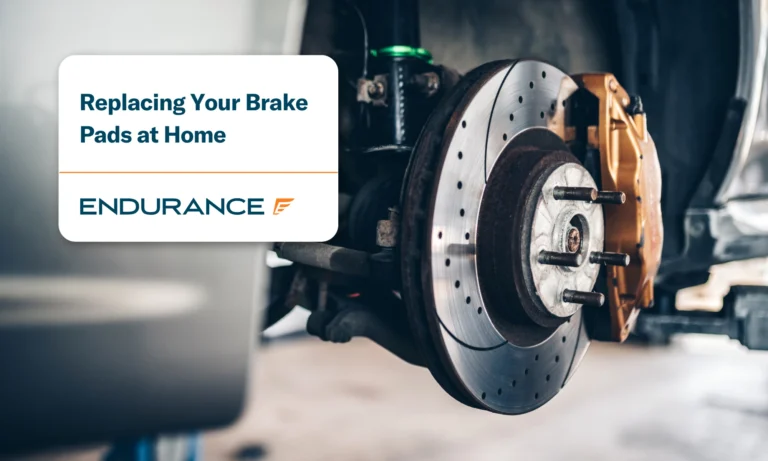
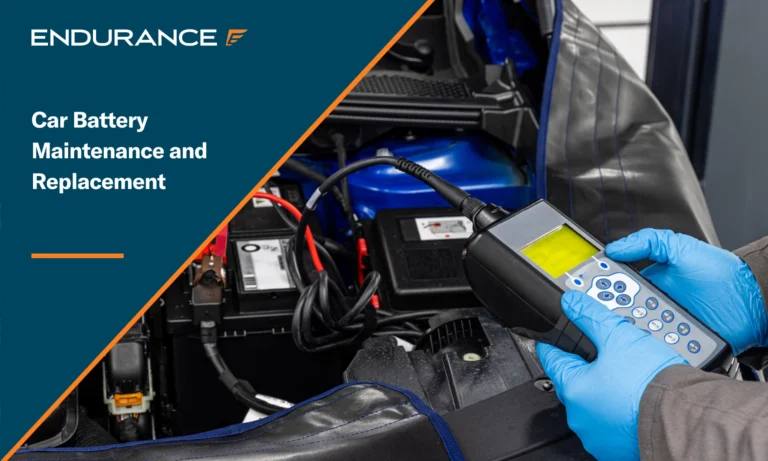
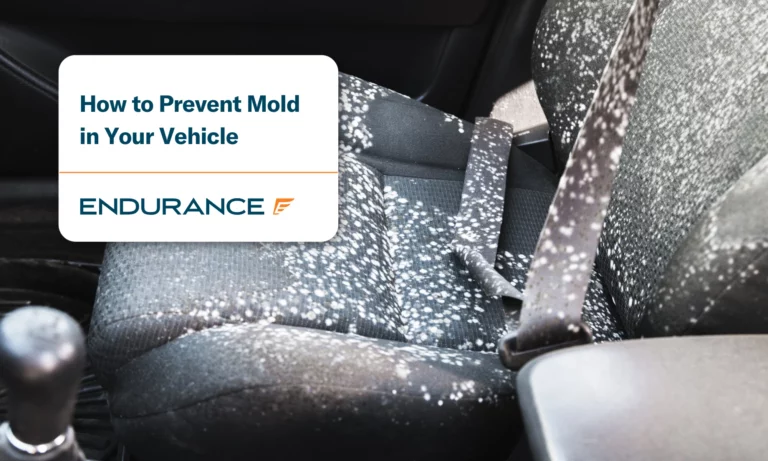










Alex has worked in the automotive service industry for over 20 years. After graduating from one of the country’s top technical schools, he worked as a technician achieving a Master Technician certification. He also has experience as a service advisor and service manager. Read more about Alex.